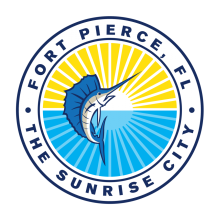How Rural Internet Access is Being Transformed by Electric Cooperatives - Episode 559 of the Community Broadband Bits Podcast

There are more than 830 electric cooperatives in the United States, serving more than half the country by geography. Electric cooperatives overwhelmingly serve regions that face population density challenges and income disparities as compared to their urban counterparts, as well as all of the other challenges that go with it: declining populations, hospital closures, increasingly frequent extreme weather events, and more. This week on the podcast, Christopher is joined by Brian O'Hara, Senior Director of Regulatory Issues for Telecom and Broadband at NRECA, to talk about how more than a quarter of the country's electric cooperatives have answered the call of their members and expanded into Internet service.
This show is 25 minutes long and can be played on this page or via Apple Podcasts or the tool of your choice using this feed.
Transcript below.
We want your feedback and suggestions for the show-please e-mail us or leave a comment below.
Listen to other episodes here or view all episodes in our index. See other podcasts from the Institute for Local Self-Reliance here.
Thanks to Arne Huseby for the music. The song is Warm Duck Shuffle and is licensed under a Creative Commons Attribution (3.0) license.


